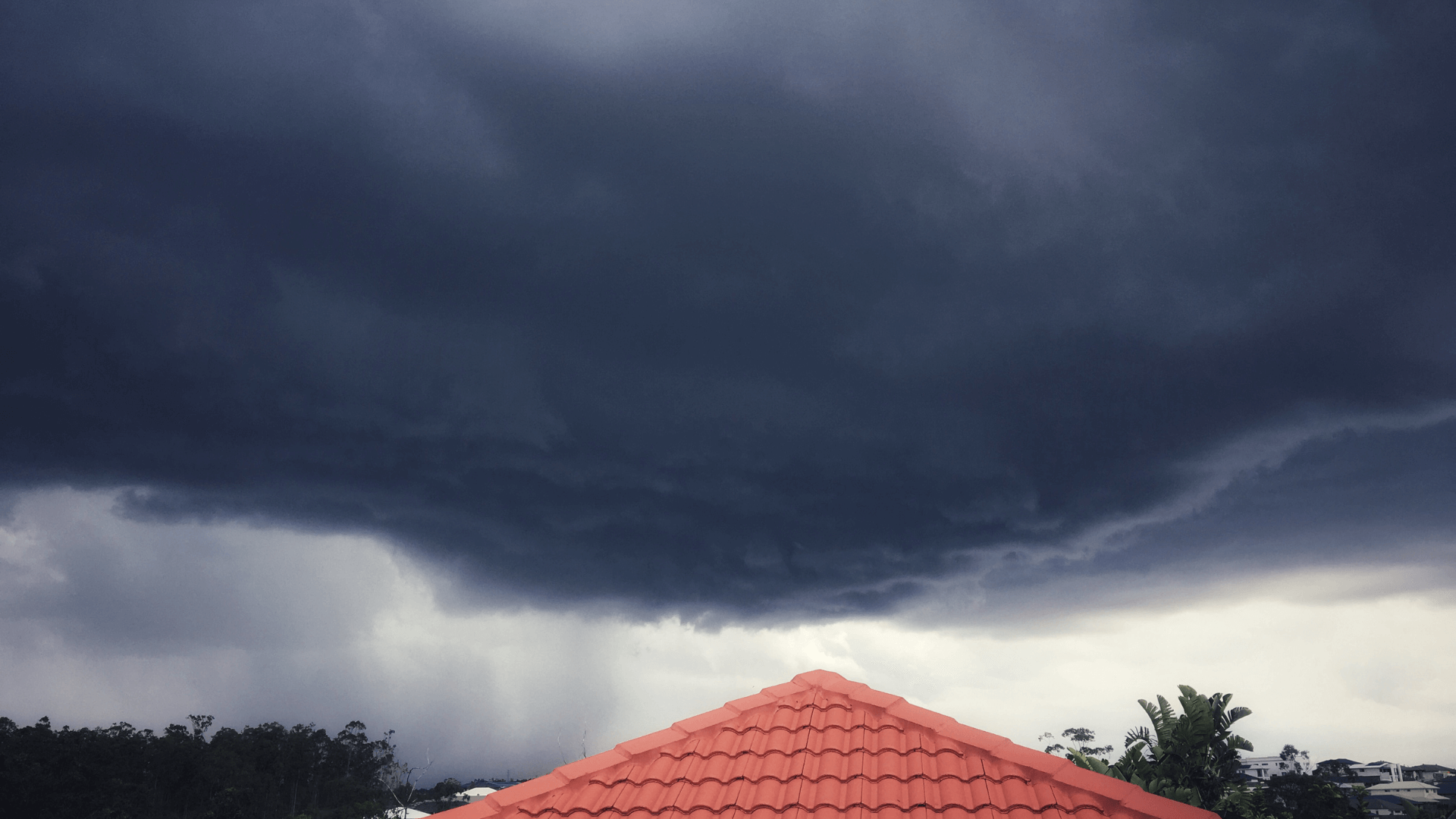Staying safe around storms
While the electricity network is built to withstand usual weather conditions, some storms, in particular thunderstorms, can cause damage to electrical assets, interrupt power supply, and create electrical hazards.
It's important to remember if you see a fallen powerline, never approach it, stay at least 8 metres away, and contact your local electricity distributor.
Be prepared for storms
There are a few simple things you can do to ensure you're prepared ahead of time.
- Secure loose items
Ensuring household items such as garden furniture and building materials are secure during strong winds will minimise these becoming dangerous objects that can cause damage to your property or powerlines.
- Maintain vegetationIdentifying and pruning those trees that could fall down during a storm is a great way to be prepared. However you SHOULD NOT attempt to trim trees near powerlines yourself; always engage a qualified contractor to trim branches on your property close to powerlines. You can also report potentially dangerous trees on your street to your local electricity distributor.
- Keep your house weatherproof
Broken roof tiles, leaf-filled gutters and leaks allow for water to access electrical systems or household appliances. Ensuring roof tiles are replaced when broken, gutters are cleaned regularly, and leaks are fixed will help reduce the risk of water entering the home.
- Know the location of your fuse box and mains switchIt's important to know where your fuse box and mains switch are located on your property, and to ensure they are protected to prevent water damage.
- Know your local electricity distributor
Social media is a great way to connect with your local electricity distributor and follow for updates. Their websites are also a great way to keep up to date.
- Put together a kit in case you lose powerTo prepare for a storm, keep a battery-operated torch, radio, and spare batteries nearby. If you have a battery pack, ensure it is charged before the storm hits so you can keep things such as your phone charged.
What to do during a storm
If a storm is about to hit, your safety should be your first priority. You should take cover; the best place to be is indoors and away from windows particularly if the storm is ferocious.
- Be careful when outside and if you see fallen powerlines always assume they are LIVE. Stay at least 8 metres away and call your local electricity distributor or 000 immediately.
- Report any fallen powerlines, trees that have come into contact with wires, fires, or property damage to your local electricity distributor as soon as possible.
- Don't drive through floodwaters - the depth of floodwaters is unknown.
- Locate your storm kit or if you don't have a kit on hand, pull out your torch and have a portable radio handy. Check your torch and radio are working so you can stay up to date with news on weather and power updates.
- Storms can cause power surges. It's recommended you unplug sensitive devices including appliances such as computers, televisions, smart devices, and gaming stations before a storm hits.
What to do after a storm
The aftermath of a storm can be more dangerous than it looks. You may be eager to check out the damage, but be cautious of what you're stepping into.
- Watch out for fallen powerlines, particularly those hidden in trees or other storm debris.
- Always assume fallen powerlines are LIVE, even if you’re experiencing a blackout. Never approach them, and warn others to do the same
- Report any fallen powerlines or trees caught in wires to your local electricity distributor.
- Don't swim in flooded creeks and drains as they can easily hide fallen powerlines or other electrical hazards.
- Leave the removal of trees and other debris on powerlines to the professionals. Trees can easily conduct electricity and give you a severe electric shock.
- Check your local electricity distributor for updates on power outages and updates on restoration times
If you have electricity to only some parts of your property or if your neighbours have power and you don’t – the problem could be inside your home. Be careful when investigating; it may be best to call a qualified electrician to assist for your own safety.
Life Support Customers
Register your details with your electricity retailer and local electricity distributor if you rely on electricity for your life support equipment. They must have your contact information so you can be prioritised in the event of a power outage.
Unplanned power outages are precisely that - unintentional and unexpected. So always have an action plan (Plan B) of what to do if you find yourself without power.
